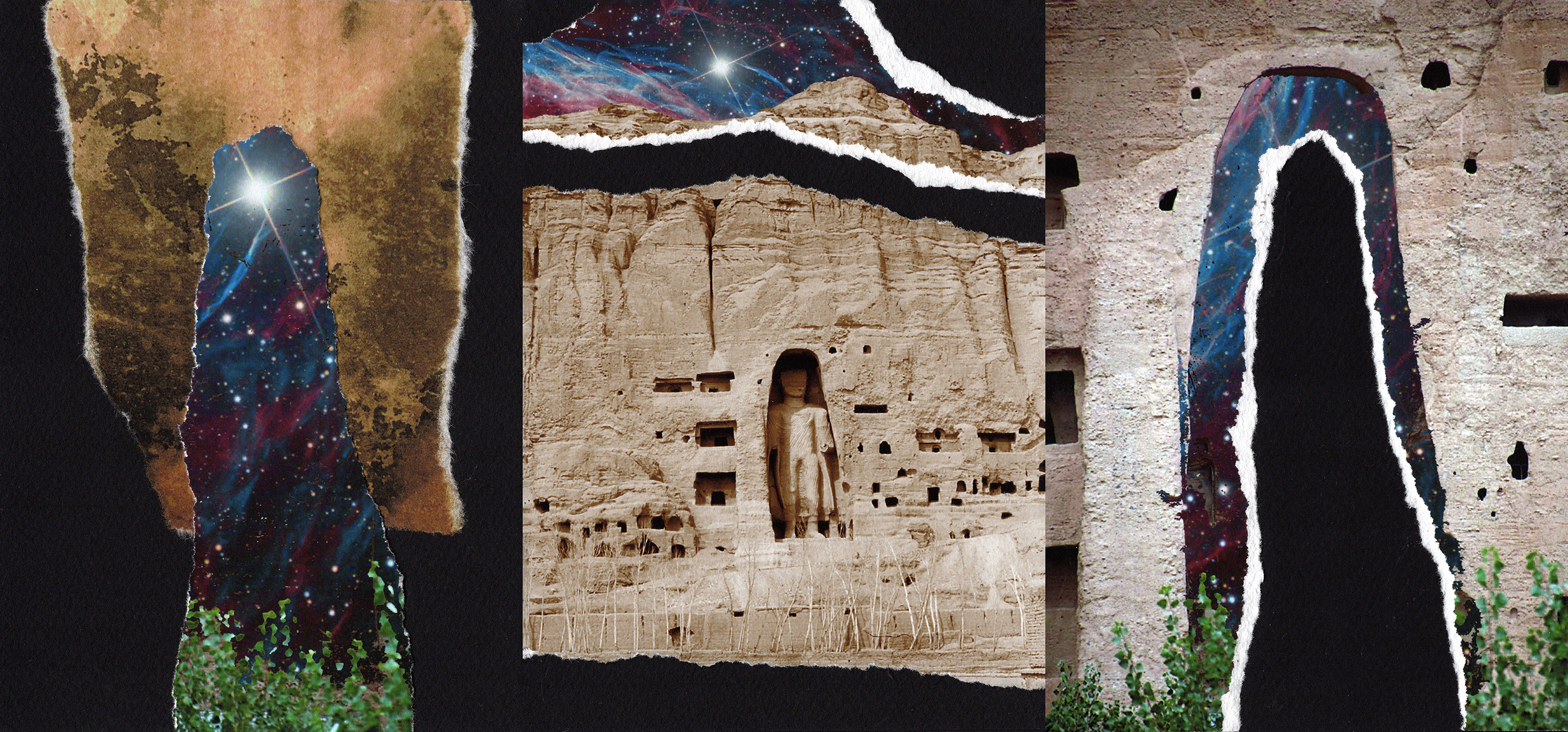
The Buddhas of Bamiyan were two monumental Buddhist statues built in Afghanistan in the late 6th century by the Hephthalites, a people who lived in Central Asia during the 5th to 8th centuries. The statues were located northwest of Kabul in the Bamiyan Valley, and the smaller one measured 125 feet in height, while the larger one was 180 feet high.
In March 2001, both statues were destroyed by the Taliban, a Sunni Islamist nationalist group whose harsh interpretation of Islamic law severely restricts the rights of women and religious and ethnic minorities. Their leader, Mullah Muhammad Omar, had condemned the Bamiyan Buddhas as idols, invoking the Muslim custom which forbids any representation or image of God and the worship of anything other than Allah.
The destruction of the Bamiyan Buddhas shocked the world and highlighted the Taliban’s hard-line regime, which was toppled soon after in a U.S.-led invasion. (They have since come back to power in the wake of the U.S. troop withdrawal in 2021.)
In 2003, two years after their destruction, the Bamiyan Buddhas were designated as a World Heritage site by the United Nations. This led to the question as to why the site was only declared as world heritage after the fact, since its historical value was paramount even before the destruction.
Statues of the Buddha have resonated with much of humanity for well over a thousand years.
The art evokes a deep serenity and sense of peace that touches both Buddhists and other people across the world.
When the Bamiyam Buddhas were wantonly destroyed by radical Muslim fanatics in 2001, much of the global media reacted with horror and revulsion at the Taliban.
But our 24/7 digital news cycles demand ever newer and bigger abominations to capture the eyes and mind of the public. Over time, this numbs our sensibilities and leaves us indifferent to and forgetful of the desecration of ancient sacred art that occurred decades ago.
I tried, through collage, to both commemorate these amazing Buddhist sculptures, and document the barbarism that destroyed them. They are torn paper elegies to the ineffable.
As a secular Western agnostic, I cannot really fathom the complex social systems and religious inspiration of the people who carved such unique monuments to human transcendence out of a rock cliff face.
But I mourn their loss.
And I fear an Islamic Fascism that chooses to shatter both a creative representation of the Buddha and the universal ideals of tolerance for different cultures and people who inhabit this small and increasingly crowded planet.
Bob Barancik
St. Petersburg
Florida







